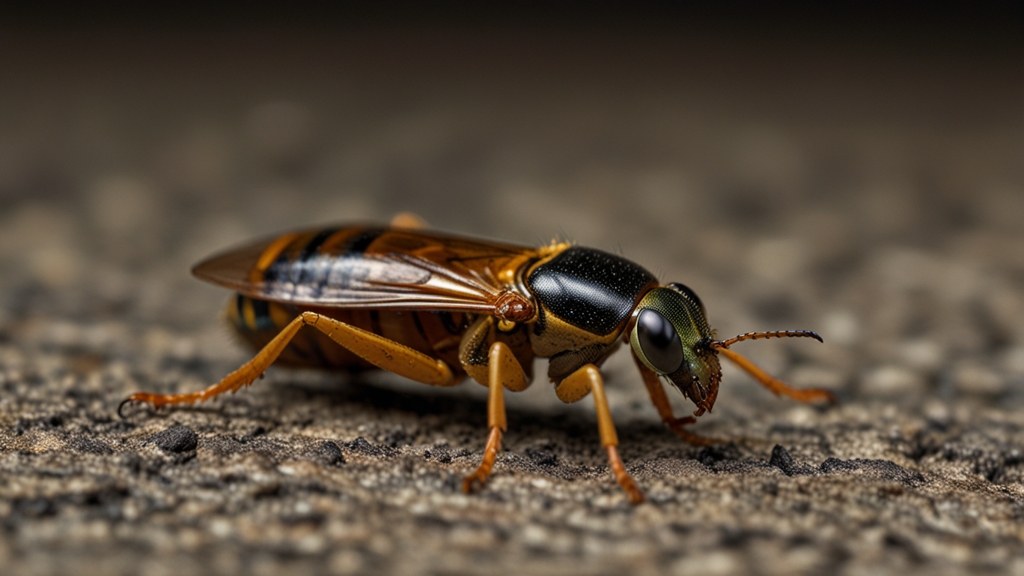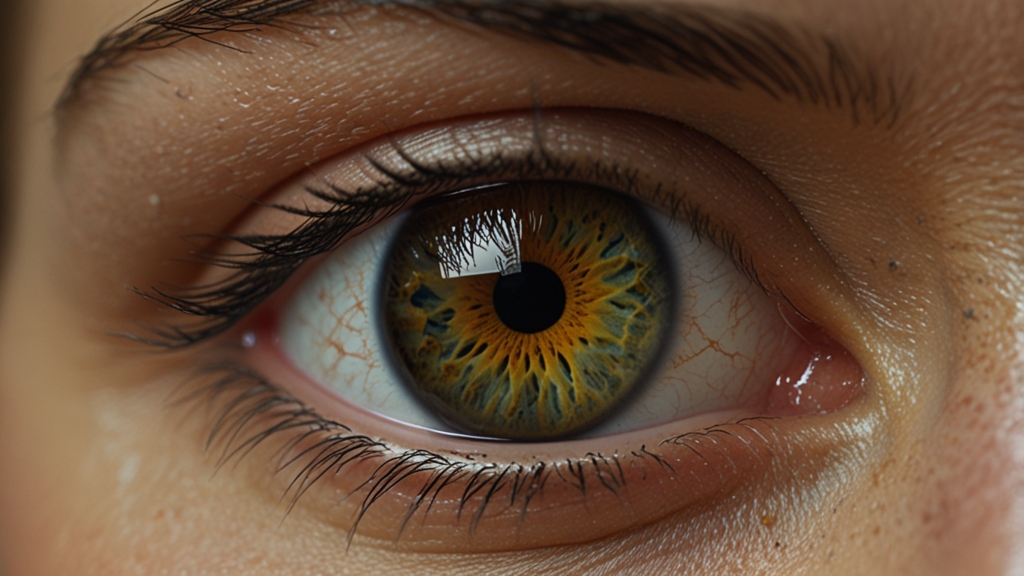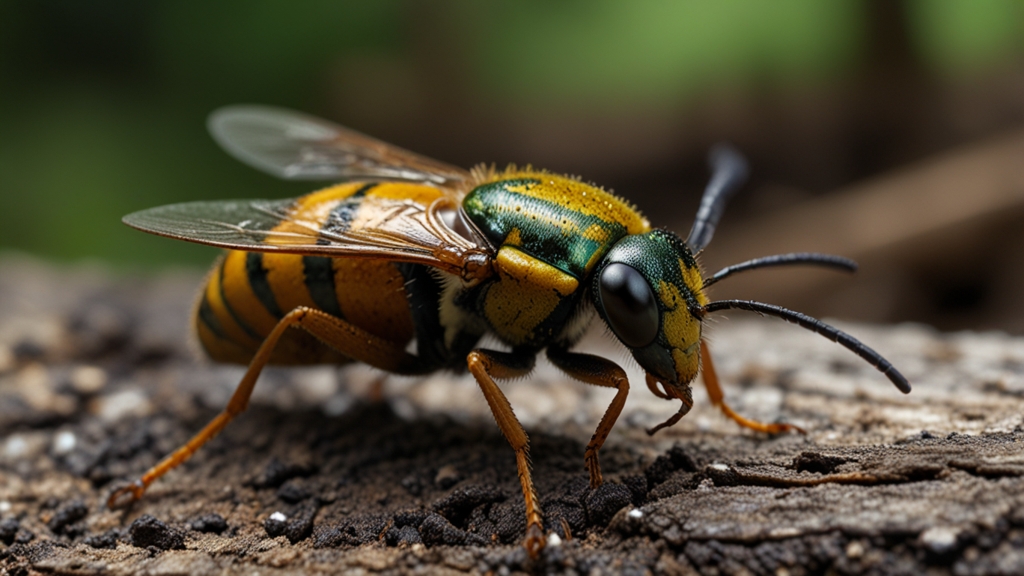Insects That Eat Your Skin: The Surprising Dangers Lurking in Your Home
Most people consider their homes to be safe havens, sanctuaries where they can retreat from the dangers of the outside world. However, what if we told you that some alarming threats could be lurking in the very spaces where you feel safest? Yes, we're talking about insects that have a penchant for nibbling on your skin. This article delves into the surprising dangers posed by these tiny invaders and how you can protect yourself.
Bed Bugs: The Nocturnal Nuisance
Bed bugs are infamous for their bloodsucking habits, but did you know their bites can sometimes lead to severe skin reactions? These tiny pests, less than a quarter-inch in size, typically hide in mattresses, bed frames, and other furniture. Come nighttime, they emerge to feast on your blood, leaving behind itchy, red welts.
"I woke up with red, itchy bites all over my arms and legs. After inspecting my mattress, I discovered it was infested with bed bugs. I had to call a pest control professional to finally get rid of them," says Jane Doe, a bed bug victim.
Not only are bed bug bites itchy and uncomfortable, but scratching them can lead to secondary infections. Moreover, some people develop severe allergic reactions, characterized by intense itching, blisters, or hives that require medical attention.
Fleas: The Jumping Menace
If you have pets, you might be familiar with fleas. These tiny insects are notorious for their jumping abilities and their tendency to thrive in both animal fur and human environments. Fleas are bloodsuckers, and their bites can cause severe itching and, in some cases, an allergic reaction known as flea allergy dermatitis.
What makes fleas particularly tricky is their rapid reproduction rate. A single flea can lay hundreds of eggs, turning a minor problem into a full-blown infestation in no time. Flea bites commonly appear in clusters around the ankles and legs and can cause significant discomfort, especially if left untreated.
Scabies Mites: The Burrowing Threat
Scabies is a skin condition caused by tiny mites called Sarcoptes scabiei. These mites burrow into the upper layers of your skin to lay their eggs, leading to intense itching and a pimple-like skin rash. Scabies is highly contagious and spreads quickly through close physical contact. Infestations are particularly common in crowded living conditions, such as dormitories or nursing homes.
"The itching was unbearable, especially at night. I initially thought it was an allergic reaction, but my doctor eventually diagnosed me with scabies," recounts John Smith, who battled a scabies infestation.
Effective treatment usually involves prescribed medicated creams and lotions, which kill the mites. In severe cases, oral medications may be necessary. Additionally, it's crucial to wash all clothing, bedding, and towels in hot water to prevent reinfestation.
Chiggers: The Invisible Invaders
Chiggers are the larval stage of harvest mites and are practically invisible to the naked eye. These minuscule pests tend to lurk in grassy and wooded areas but can also invade your home if you accidentally transport them. Chiggers attach themselves to your skin and inject digestive enzymes that break down skin cells, which they then consume. This process results in red, itchy bumps often mistaken for mosquito bites.
While chigger bites do not transmit diseases, the intense itching they cause can last for several days. Over-the-counter anti-itch creams and antihistamines can help alleviate symptoms, but preventing bites in the first place is the best defense. Wearing long sleeves, pants, and using insect repellent can help keep chiggers at bay.
Conclusion: Stay Vigilant
While the thought of insects gnawing at your skin is undoubtedly unsettling, awareness and proactive measures can significantly reduce the risks. Regular cleaning, vigilant inspections, and prompt treatment at the first signs of infestation are crucial in keeping these tiny invaders at bay. Remember, your home is your sanctuary, and with the right precautions, you can keep it a safe and comfortable place for you and your loved ones.









